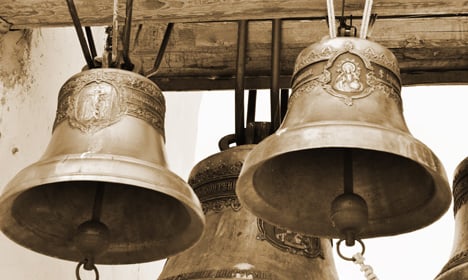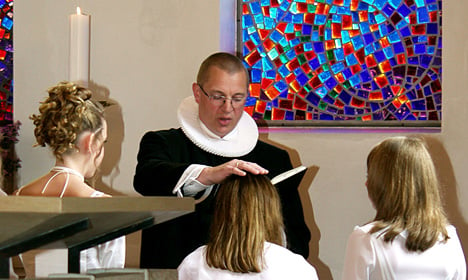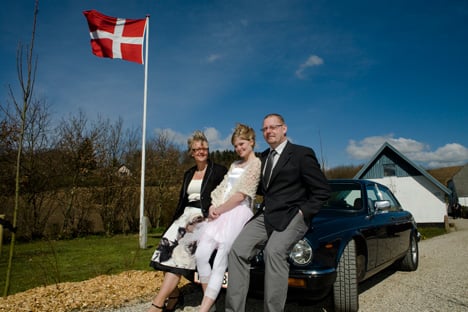 1. It was invented by a Roskilde bishop
1. It was invented by a Roskilde bishop
Photo: Colourbox

Photo: Colourbox

Photo: Colourbox
Friday is a national holiday, but just what is Great Prayer Day and what’s the deal with those wheat buns? Here is The Local’s guide to this special Danish day.

 1. It was invented by a Roskilde bishop
1. It was invented by a Roskilde bishop


Member comments